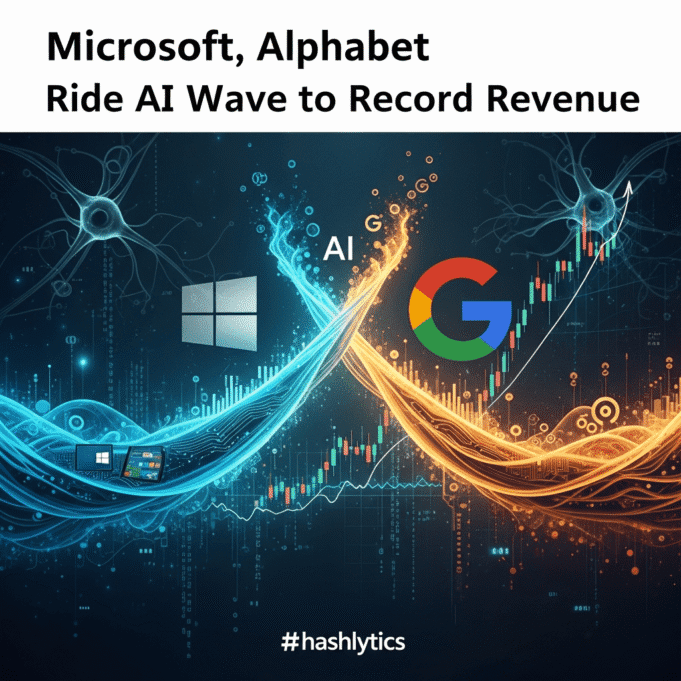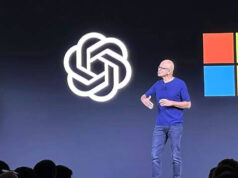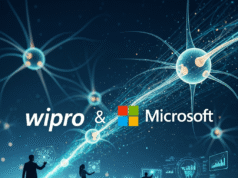Microsoft, riding high on its expanded partnership with OpenAI, reported a staggering $77.67 billion in revenue for Q1 FY26, marking an 18.4% year-over-year surge. Alphabet, not to be outdone, sailed past the $100 billion milestone for the first time, clocking in at $102.35 billion, a 15.9% jump compared to the previous year. The numbers speak volumes about the breakneck pace of AI adoption.
The cloud is the engine room of this AI revolution. Microsoft Cloud revenue soared 26% to $49.1 billion, with Azure leading the charge at a blistering 40% year-over-year growth. Alphabet’s Google Cloud also demonstrated impressive gains, growing 34% to $15.2 billion. Their cloud backlog hit an astronomical $155 billion, a 46% sequential increase, signaling sustained demand.
The scale of enterprise AI deployments is rapidly expanding. Alphabet, for example, signed more billion-dollar cloud deals in the first nine months of 2025 than in the preceding two years combined. Microsoft witnessed commercial bookings skyrocket 112%, driven by AI.
AI is no longer confined to research labs; it’s permeating every corner of the tech landscape. Microsoft boasts 900 million monthly users actively engaging with AI features, with 150 million leveraging Copilot for enhanced security and productivity. GitHub Copilot has amassed over 26 million users, saving enterprises hundreds of thousands of development hours.
Alphabet’s Gemini app has captured the imagination of 650 million monthly active users, processing a mind-boggling 1.3 quadrillion tokens each month, a twenty-fold increase in just one year. Gemini-powered tools are transforming advertising and customer support, while YouTube Shorts are generating higher revenue per watch hour than traditional ads.
Building and maintaining cutting-edge AI infrastructure comes at a hefty price. Microsoft poured $34.9 billion into capital expenditures in Q1 2026, with approximately half earmarked for short-lived assets like GPUs and CPUs. The company plans to double its data center footprint in the next two years.
Alphabet has revised its full-year 2025 CapEx guidance upward to $91–93 billion, from the previous $85 billion, with roughly 60% allocated to servers. Depreciation costs for Alphabet are up 41% year-over-year, a testament to the massive investments in scalable AI infrastructure. Microsoft acknowledges supply constraints in Azure, anticipating these limitations to persist throughout FY26, potentially delaying revenue recognition despite accelerating demand.
Microsoft and Alphabet are betting big on vertical integration. Microsoft has extended its exclusive rights with OpenAI through 2032, securing IP, API access, and revenue streams while leveraging the partnership to bolster Azure workloads. Alphabet is doubling down on its own TPUs (Tensor Processing Units) and full-stack AI models, such as Gemini, Imagen, and Veo, seamlessly integrating them across Cloud, Search, and YouTube. This end-to-end control over models and infrastructure empowers them to optimize performance and manage costs more effectively.
Despite the massive capital outlays, both companies maintain impressive profitability. Microsoft’s earnings per share surged 23%, and it returned $10.7 billion to shareholders. Alphabet reported a remarkable 35% EPS growth, generated $24.5 billion in free cash flow, and returned $14 billion through buybacks and dividends.
Operational efficiencies are also contributing to the bottom line. Microsoft reported ongoing margin gains in Azure and Microsoft 365, while Alphabet revealed that nearly half of its new code is now AI-generated, enhancing developer productivity and reducing internal costs.
As AI continues its relentless march, the pressure on other tech players to adapt and invest will only intensify. The ability to not only deploy AI but to monetize it effectively will be the key differentiator in the years to come. The race is on, and the stakes are higher than ever.





